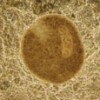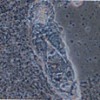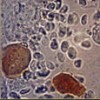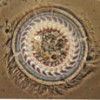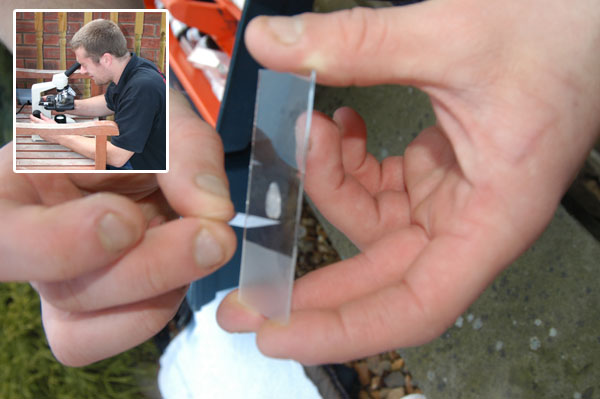Mains Water Purification
In all the years I have been involved in Nishikigoi I have yet to witness one single case in a Koi pond system where Koi losses have been positively identified as a result of incoming mains water that contains levels of added chemicals which are potentially harmful to our Koi.
I must stress here, however, that I have witnessed the dangers of incoming mains water to empty display ponds filled at shows where no other water is available. In several cases there have been losses of Koi and this has sometimes resulted in the show being abandoned. In these isolated cases it is always the level of chlorine within the mains water that is the culprit and it is also common sense to add a suitable liquid dechlorinator at the correct rate even if the water suppliers profess their water has been treated.
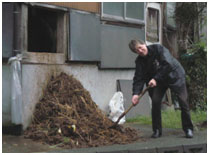 Some suppliers of mains water purification will first ask for a report as to the readings on your own water supply. This can be readily obtained from your water company free from charge. Once this report is passed to the manufacturer of the purification unit, their unit is then professed to be ‘tailored’ for your own particular water supply. I do not exactly ‘buy’ this form of advertising in the slightest as mains water supplies to all homes can, and do, vary on a daily basis.
Some suppliers of mains water purification will first ask for a report as to the readings on your own water supply. This can be readily obtained from your water company free from charge. Once this report is passed to the manufacturer of the purification unit, their unit is then professed to be ‘tailored’ for your own particular water supply. I do not exactly ‘buy’ this form of advertising in the slightest as mains water supplies to all homes can, and do, vary on a daily basis.
It is here that I feel the need for a picture again!
If you really wish to add one of these units to your pond water supply I would suggest you consider a simple mains water dechlorifier unit which is far cheaper to purchase. I have run Koi ponds at my home for some 37 years without ever employing any form of mains water purification. Instead of this I use, as do many other professionals and enthusiasts, a ‘constant trickle’ of incoming mains water on a permanent basis. This trickle obviously is regulated to the volume of the pond in question. For example – in a system holding 3,500 gallons of water, I would recommend a ‘trickle’ of 150 gallons per day which equates to 0.1 gallon per minute. If this is used as recommended there will be no need to ‘top-up’ after a filter discharge nor will the laborious tasks of ‘water changes’ ever arise.
On a further note, all the Koi breeders in Japan use significant water supplied directly from their water companies. I have yet to see any form of mains water purification used there but they always use the ‘constant trickle’ without exception.
Once again, it is vital I point out here that, if your Koi are ‘behaving abnormally’, refusing food, hiding away from you or just generally ‘not looking right’ – it is usually either adverse water readings or parasites. In rare cases it can be a combination of both. In view of this I would check both water readings AND microscopic investigation before proceeding further.
A Microscope and related accessories.
In my own opinion, this is probably the most important accessory for today’s Koi keeper as several microscopic parasites (which cannot be seen and identified by the naked eye) that sometimes infest our Koi can lead to further serious bacterial problems which can, if accurate treatment is not forthcoming, lead to many fatalities or, at the best, irreparable scar tissue.
As to the most commonly-detected microscopic parasites that can infect our Koi, here are the main offenders.
- White Spot
- Skin Fluke
- Gill Fluke
- Costia
- Chilodonella
- Trichodina
Extremely good second-hand microscopes can be found at very reasonable prices from various sources – especially from hospitals. For Koi applications a microscope that can handle up to 400X is excellent although most parasites can be easily detected at much lower magnifications. I would recommend you purchase one with a moving sub-stage, this makes operation far easier.
It does not take long to be able to use a microscope properly and soon becomes second nature to most Koi enthusiasts.

